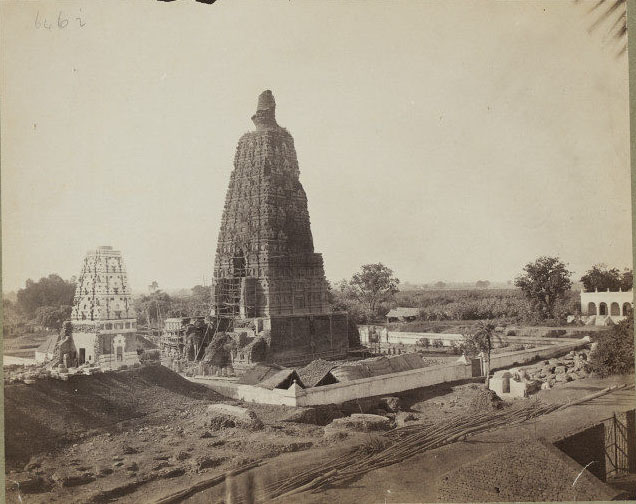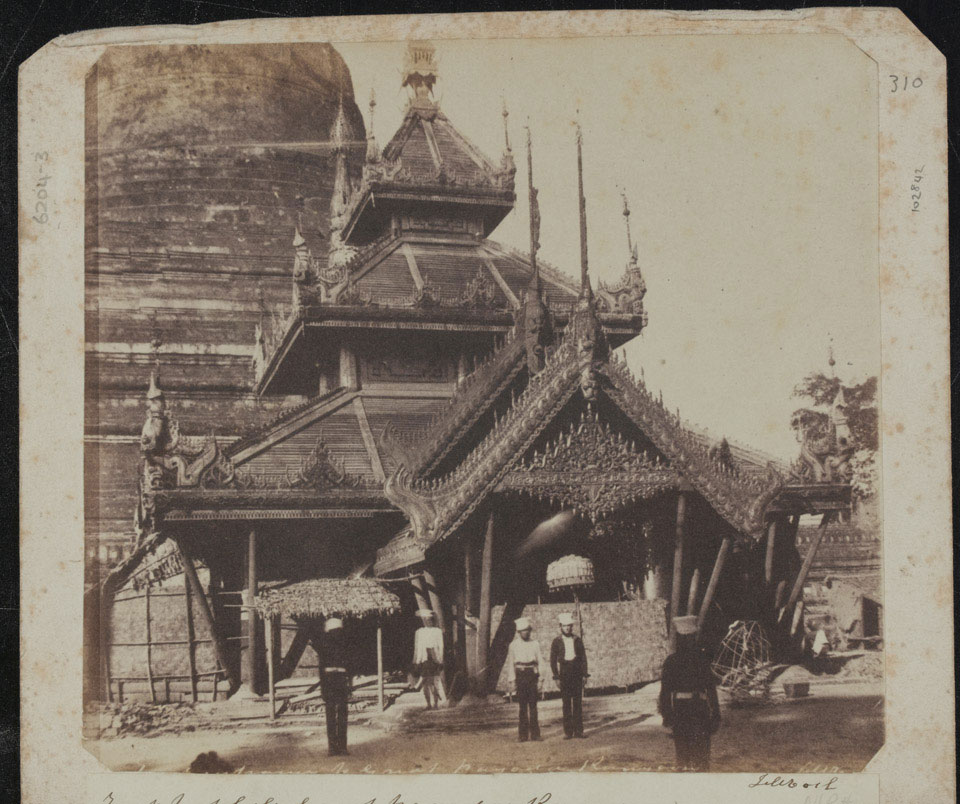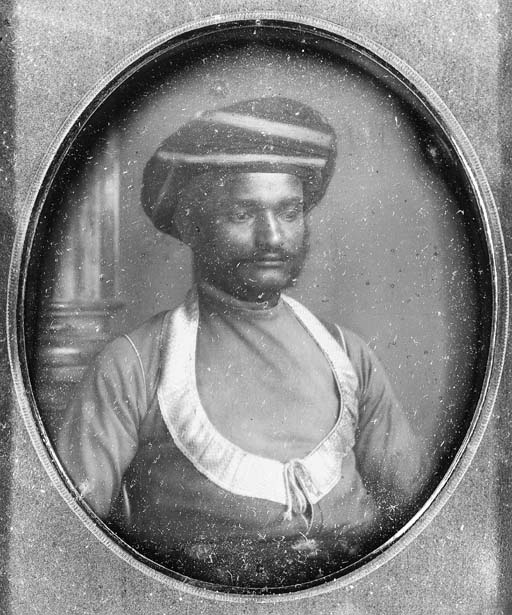John Edward Saché (1824-1882), born in Prussia as Johann Edvart Zachert, reached Calcutta from Unites States of America (USA) in late 1864. Being capital of British Indian Calcutta (Kolkata) was an ideal place for photographers to establish businesses. John Edward Saché was a master of the picturesque, excelling in this style, and offering astonishing views of India.

In 1869, Saché along with this partner W.F. Westfield acquired the stock of negatives of the Photography firm of F. W. Baker & Co. Despite a flourishing business, the two partners ended their association the following year and established separate studios. J. E. Saché, opened studio in Calcutta and the hill station of Nainital.
Saché divided his activity between summer studios in the hills, where a large part of the population took residence to flee the heat of the plains, and winter studios in the plains when the weather was pleasant. Based in both Calcutta and Nainital, Saché was able to record a large part of North India, over 500 “10 x 12 inches plates” of Nynee Tal (Nainital), Bheem Tal, Almorah, Delhi, Lucknow, Cawnpore (Kanpur), Calcutta and Bengal Views,” covering all kinds of subject matter.
He ran some of his premises till his death in 1882: Nainital (from 1867) and Mussoorie (from 1876) during the hot months; Lucknow (from 1871) near popular market square Hazratganj, during the cooler months. Between 1874 and 1876, he established further branches in Meerut, Cawnpore and Benares, which he occupied for a few seasons only.
During almost twenty years, John Edward Saché managed a productive business that placed him among the leading photographers of his era. He traveled extensively thought-out northern India, covering major sites and towns, and produced an accomplished collection of images, proving himself a master of the picturesque compositions.
Majority photographs of John Edward Saché, are contact-printed on albumen paper. Using 10 x 12 inches plate nagatives. Albumen Prints was extremely popular and most widely used photographic printing material in the nineteenth century. The albumen print dominated photographic practice from 1855 to about 1890, and remained in use in various forms through the 1920’s. Louis Désiré Blanquart-Evrard, a French photographer, published the albumen printing process after almost Nine years of Fox Talbot announced the Calotype process.
Albumen prints are pure silver chloride printing-out paper process, where egg white along with saturated salt solution manually coated sheet by sheet in factories and sensitized by the user at the time of exposing by floating on a silver nitrate solution. The dried albumen sheets are processed by exposing to sunlight under negatives. The exposed sheets are fixed with sodium thiosulphate and early albumen prints were also toned with gold chloride that was added to the hypo bath.
Albumen printing is a printing out paper process, which means the image is formed by the action of light alone, and not developed chemically from an invisible latent image.
John Edward Saché photographed Indian ‘types’ — a genre that was very popular among his British clients — posing with their characteristic implements of work, a counterpart of ‘Company’ paintings so to speak, but it is his views of India that are his true legacy.
A very sizable group of his photographs is in the famed Alkazi Collection of Photography.
Reference
https://www.tribuneindia.com/2011/20110918/spectrum/art.htm
https://cool.culturalheritage.org/albumen/library/c20/reilly1978.html
https://www.bonhams.com/auctions/18061/lot/192/
https://www.tribuneindia.com/2011/20110918/spectrum/art.htm
https://voyager-press.com/









